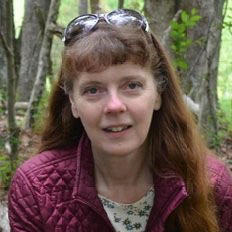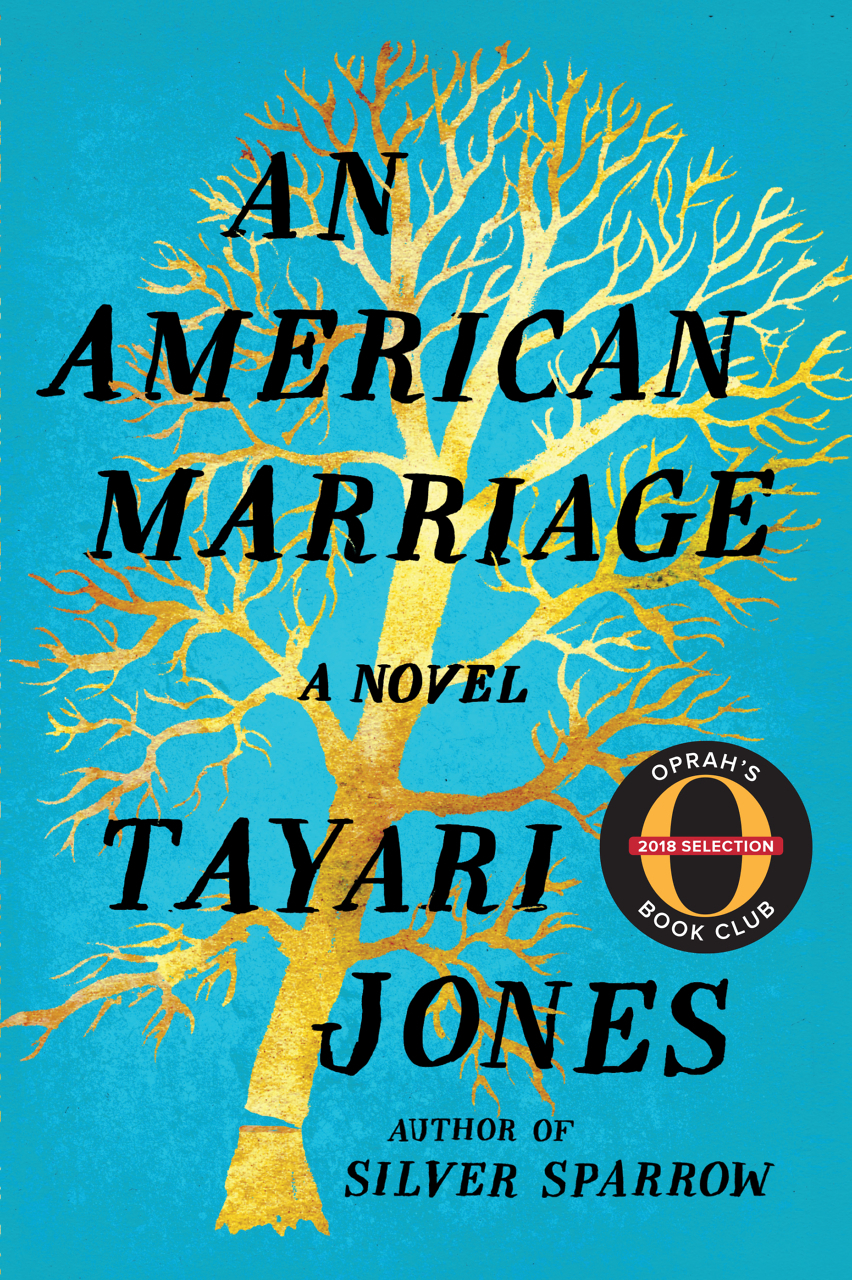The Work of Secrecy
The Girls of Atomic City tells the stories of women in wartime Oak Ridge
Growing up I had a cousin named Dimple who lived in Oak Ridge. She was 46 years older than me, the oldest cousin on that side of the family, while I was by far the youngest. Unlike her sister, who pinned her dark hair up in a tight French roll and seemed unapproachably austere, Dimple let her red curls blow about wantonly. The first time I met her, when I was 5, she pressed her forehead to mine and said we were “kissin’ cousins.” I always liked her.
 One year on our annual trek to Tennessee from Oklahoma, we drove to Oak Ridge to stay with Dimple and her husband. I remember a plain house with white siding, a big yard with rosebushes out back, and nothing at all about the town. As far as I recall, no one in my family mentioned, then or later, that Oak Ridge had been built during World War II as a townsite for those who worked in the adjacent engineering plant, developing the atomic bomb. Until I grew up, I thought it was just a town in East Tennessee where I happened to have a cousin with an unusual name.
One year on our annual trek to Tennessee from Oklahoma, we drove to Oak Ridge to stay with Dimple and her husband. I remember a plain house with white siding, a big yard with rosebushes out back, and nothing at all about the town. As far as I recall, no one in my family mentioned, then or later, that Oak Ridge had been built during World War II as a townsite for those who worked in the adjacent engineering plant, developing the atomic bomb. Until I grew up, I thought it was just a town in East Tennessee where I happened to have a cousin with an unusual name.
When and why and how we put bits of information together is a slippery process. I remember seeing a film in high school about the bombing of Hiroshima. The image of the mushroom cloud filled the screen, its brightness illuminating the faces of my classmates. Either the teacher or the film’s narrator said it had burned off people’s skin. I struggled to imagine the horror and felt a dull shame that my country had done such a thing. Before that, in elementary school, we practiced duck-and-cover drills, a multi-purpose ritual supposed to protect us from both tornadoes and Communists, since the latter had “the Bomb.” None of that seemed tied to Dimple, whose letters with their Oak Ridge address appeared periodically in our mailbox, telling of gardening and birds and occasional travels.
All this makes me think the most important word in the title of Denise Kiernan’s The Girls of Atomic City: The Untold Story of the Women Who Helped Win World War II is “untold.” Kiernan’s book, published in 2013, details the lives of women who worked at “Site X,” also called Clinton Engineer Works (CEW), the plant adjacent to Oak Ridge. Both CEW and Oak Ridge were hastily assembled on confiscated farmland outside Knoxville in 1943. In covert wartime language, CEW was part of the federal “Project” designed to fashion the “Product” into the “Gadget.” Few of the 75,000 men and women who worked there knew the full name of the Project — the Manhattan Project or, more formally, the Manhattan Engineer District (MED). Nor did they know the Product (a.k.a. “Tubealloy”) was uranium and the Gadget an atomic bomb. Even now that we know the outcome, the jabberwocky of euphemisms is hard to keep straight. Back then, workers were just told they were hastening the end of the war, where many had loved ones fighting.
Unsurprisingly, almost nothing had been written about women who came to work at Site X and live in Oak Ridge until Kiernan corrected that omission 10 years ago. The Girls of Atomic City is based on extensive interviews with women who worked there during the war. Kiernan came along just in the nick of time, since most interviewees were born in the 1910s and 1920s and the window to document their memories was fast closing. Their stories offer insights into women’s working lives in an era when the middle-class ideal was to marry young and stay home and when employed women of all ages were called “girls.” Like munitions workers collectively known as “Rosie the Riveter,” CEW women were driven not only by a desire to help win the war but by the independence employment provided. Many simply needed the money, which was relatively generous. Even 20 years before the 1963 Equal Pay Act outlawed gender-based pay discrimination and 30 years before the U.S. Supreme Court ruled against sex-segregated help-wanted ads, CEW jobs paid more than other options open to most women.

The Girls of Atomic City is built on personal stories. For Clinton native Toni Peters, fresh out of high school in 1943, working at CEW sounded a lot better than her other offer, secretarial work in a law firm. Though few knew what CEW was making, Peters applied and was easily hired. Recent female high school graduates were particularly popular among Project managers, mostly as secretaries and “calutron cubicle operators” who monitored gauges all day, telling supervisors if the needle went too far right or left. Unlike men with technological training, the “calutron girls” asked few questions, making them a better security risk.
Some “girls” were recruited from Tennessee’s small towns. Eagleville resident Helen Hall, who worked as a clerk, was enticed from her job at a Murfreesboro coffee shop by the promise of more money and adventure. Other women had never set foot in Tennessee. Celia Szapka, a secretary, had been working in MED’s New York City office when she was handed a train ticket to Knoxville and told someone would meet her at the depot. “Everything will be taken care of,” she was assured.
Of course, Jim Crow ruled Tennessee in the 1940s. President Franklin D. Roosevelt’s Executive Order 8802 outlawed racial discrimination in war-related industries, but it didn’t change local culture. Because Oak Ridge housing was segregated, physicist J. Ernest Wilkins Jr. couldn’t transfer from Chicago because there was no place for a Black professional man to live. Roosevelt’s order didn’t apply at all to janitorial workers such as Kattie Strickland, whom Kiernan interviewed. Since Black workers weren’t allowed to live as families, Strickland had to share a 256-square-foot plywood “hutment” with three other Black women, rather than her husband, Willie, another CEW worker. Though married, they had to sneak time together. Worse, their four children had to stay with relatives back in Alabama.
Still, CEW offered twice the pay of options in Alabama, so they could send money home. And Kattie made do. Unable to stomach the food in the “Black cafeteria,” she convinced a construction worker to fashion her a biscuit pan out of scrap metal and started cooking for herself. Because her biscuits were so good, guards looked the other way when she wanted to stay with Willie.
Women had begun entering college in greater numbers beginning in the 1890s, with opportunities expanding during World War I and the 1920s, but the Depression brought a backlash against women’s employment, particularly for those who were married. Jobs were gendered, with secretarial work most widely available because, as men’s assistants, secretaries could be seen as “office wives.” Given these attitudes, it is unsurprising that few women at CEW held scientific or technical positions.
One exception was Jane Greer, a statistician-mathematician from Paris, Tennessee, who had taught physics to Army Air Corps cadets while a student at the University of Tennessee but was denied entry to engineering school because she was female. Happy to use her technical knowledge at all, Greer supervised women who operated calculating machines. She wrote up reports, most of it in code — E boxes, Alphas and Betas, D units and Q and R readings, all tied to the product, T (supposedly Tubealloy). Guards came every evening to collect her data, stamping it “SECRET” in bright red, though because no one told her what the codes meant, she didn’t entirely understand herself. Such secrecy was just part of daily life.
While Greer felt grateful to have a technical job relatively close to her family, women far from Oak Ridge had been busy making the Project (and eventually the Gadget) possible. Kiernan braids their stories into her narrative, too. Notably, Ida Noddack and Lise Meitner had been working on nuclear fission since the 1930s. Noddack, a German geochemist, first described the process, while Meitner, a physicist, coined the term “nuclear fission.” Male scientists initially considered Noddack’s theory, later proven true, “absurd.” She lived in France during the war, while Meitner, as a German Jew, had been forced into exile when Hitler came to power.
All of this, of course, seems very long ago. It would be easy to think that society’s amnesia about women’s work is a relic of another time — except, of course, it isn’t. Margot Lee Shetterley’s 2017 book Hidden Figures: The American Dream and the Untold Story of the Black Women Mathematicians Who Helped Win the Space Race, later made into a movie, tells a similar story about women’s forgotten labor two decades after World War II. Yet despite Kiernan’s and Shetterley’s interventions, little has changed. As journalists Katie Hawkinson and Jenny McGrath point out, Christopher Nolan’s film Oppenheimer leaves out most of the women who contributed to the Manhattan Project. That Oppenheimer and the pink confection world of Barbie opened in theaters simultaneously says a lot about how popular culture still favors a gendered story, no matter how we might individually feel about that.
The Oak Ridge story continues to be important, though for reasons that shift as time passes. A search for “Oak Ridge” on the Chapter 16 website reveals a multitude of memoirs, essays, and novels about the Atomic City, including Kristen Iversen’s 2013 review of Kiernan’s book. Just this year, in Half-Life of a Secret: Reckoning with a Hidden History, Emily Strasser wrote about what an Oak Ridge legacy has meant for her as the granddaughter of an atomic scientist. As Anthony J. Rinderer wrote in his 2021 essay, “the hills and valleys of East Tennessee are the perfect place to harbor secrets. Whether it happens to be moonshine still, a marijuana plot, or a place to build a device that ends a war like you really mean it, the hills and valleys of East Tennessee have a lot to offer when seclusion matters.”
Once I moved to Tennessee and learned Oak Ridge’s history, I began to wonder for the first time why my cousin Dimple had lived there. I remembered that her husband died relatively young, in his 50s, but never knew why. An Ancestry search led me to the 1950 federal census, which listed his job as “plant fireman atomic fission.” There was no more explanation than that and no indication that his job caused his death, though having read Strasser’s book, I wondered.
As for Dimple, the census listed her occupation in 1950 as “H” for housewife. But had she herself been one of the “girls” at Site X a few years before? If so, why did she never mention it? Perhaps she never worked there. Or perhaps, by war’s end, silence had become a habit.
That story is one of many that remain untold.
[A conversation with Denise Kiernan and Jane Marcellus is archived here, and you can read more about the 50 Books/HT50 project here.]

Jane Marcellus is a writer whose published work includes literary nonfiction, critical analysis, and journalism. Her work was listed as “Notable” in Best American Essays 2018, 2019, and 2020. She is a former professor at Middle Tennessee State University.


